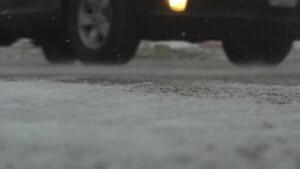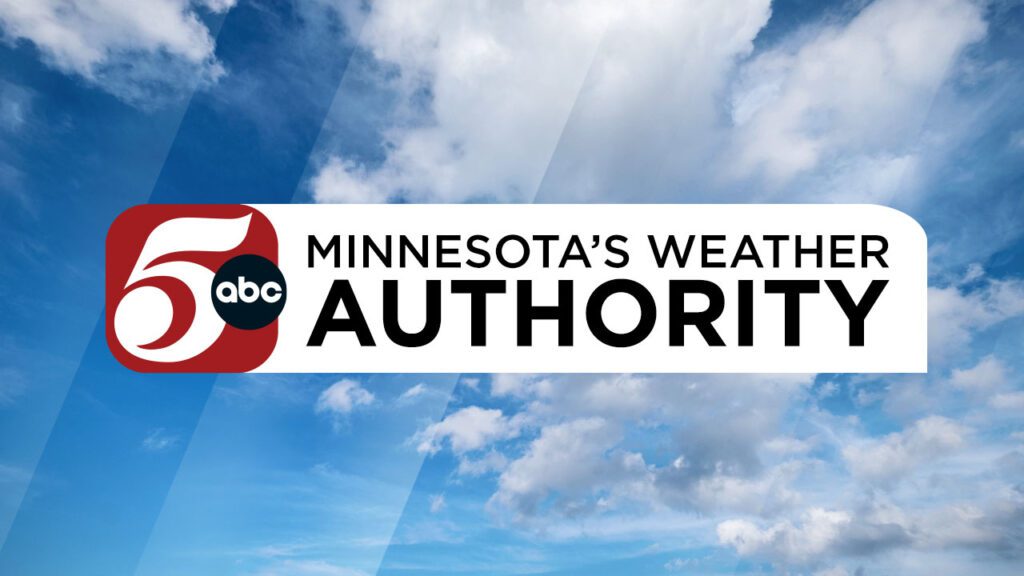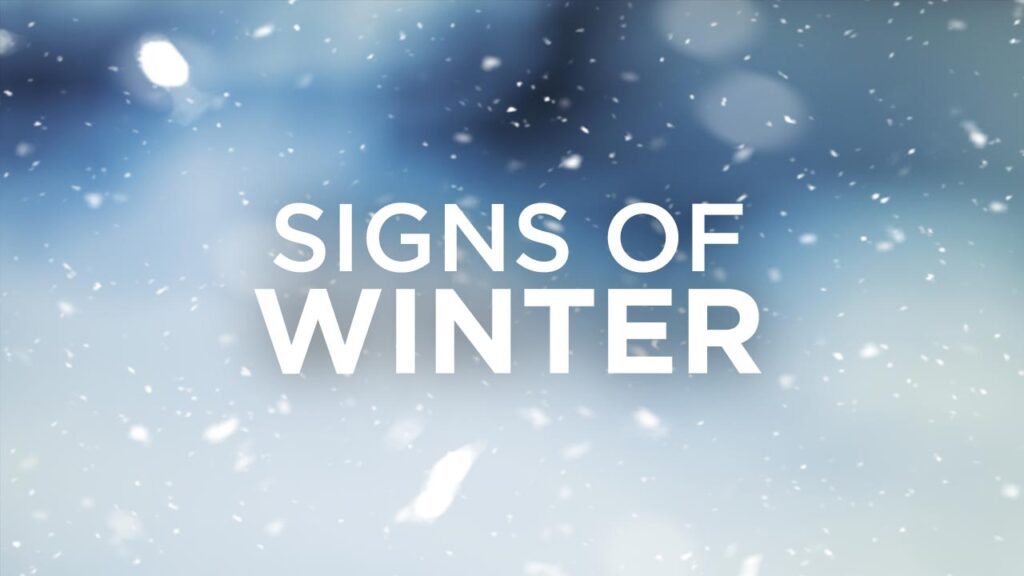
As Minnesota’s Weather Authority, the 5 EYEWITNESS NEWS Weather Team is helping you prepare for various winter weather events.
Read our “Winter Weather” guide by clicking the button.
You can also read our winter preparedness tips via the dropdown below and share them with your family and friends.
VEHICLE PREPARATION
Winter increases the risks on roads. It's important to have the right essentials if anything happens. Below, you can find some important items to have on hand and tips to prepare your vehicle for winter:
Create winter survival kit for your vehicle with the following:
- Jumper cables
- Flares or reflective triangle
- Ice scraper
- Car cellphone charger
- Warm clothes
- Non-perishable food/snacks
- Water
- First aid kit
- Medication (if needed)
It's also necessary to make sure your car is working properly before winter arrives. Make sure to have a mechanic check antifreeze levels, battery and ignition system, brakes, exhaust system, fuel and air filters, heater and defroster, lights and flashing hazard lights, oil, thermostat, windshield wiper equipment and washer fluid level.
Keep your gas tank full in case of any emergency, have good tires for the winter that work well with snow and ice. Try to avoid flooded areas or areas that have recently flooded as the flood could have weakened roads.
View other tips here.
HOW TO PREPARE AT HOME
It's easy to remember to bundle up when you head outside in these cold temperatures but are you also making sure your pet is prepared?
The American Humane Society suggests the following:
- Keep a pet preparedness kit well-stocked and ready. In the event of a winter storm, pet owners may not be able to leave the home easily to get supplies.
- Keep pets inside, both during the day and night. If dogs are left outside, they should have a draft-free shelter large enough to stand and turn around in, yet small enough to retain body heat. Use straw or bedding material to insulate the shelter.
- Avoid overly grooming pets in the winter, so they have extra fur for warmth. Those who have short-haired pet breeds might consider getting them a coat or sweater that covers them from neck to tail and around the abdomen.
- When walking dogs outside during winter weather, keep them on leash. It's easier for a dog to become lost in winter storm conditions; more dogs are lost during the winter than during any other season, according to the AHS.
- After going for a walk outside, make sure to wipe a pet's paws, legs and underside to clean off snow and salt. Check paws, ears and tail for frostbite. Frostbitten skin usually appears pale or gray and can be treated by wrapping the area in a dry towel for gradual warming.
- Avoid allowing your pet to explore lakes and ponds when thin ice is possible. The AHS also advises never trying to rescue a pet that has fallen through the ice - leave that to trained professionals.
- If working to house-train a puppy, remember puppies are more susceptible to cold than adult dogs and paper training indoors may be a better option.
Find even more tips, via the American Society for the Prevention of Cruelty to Animals, about pet care during extreme cold here.












